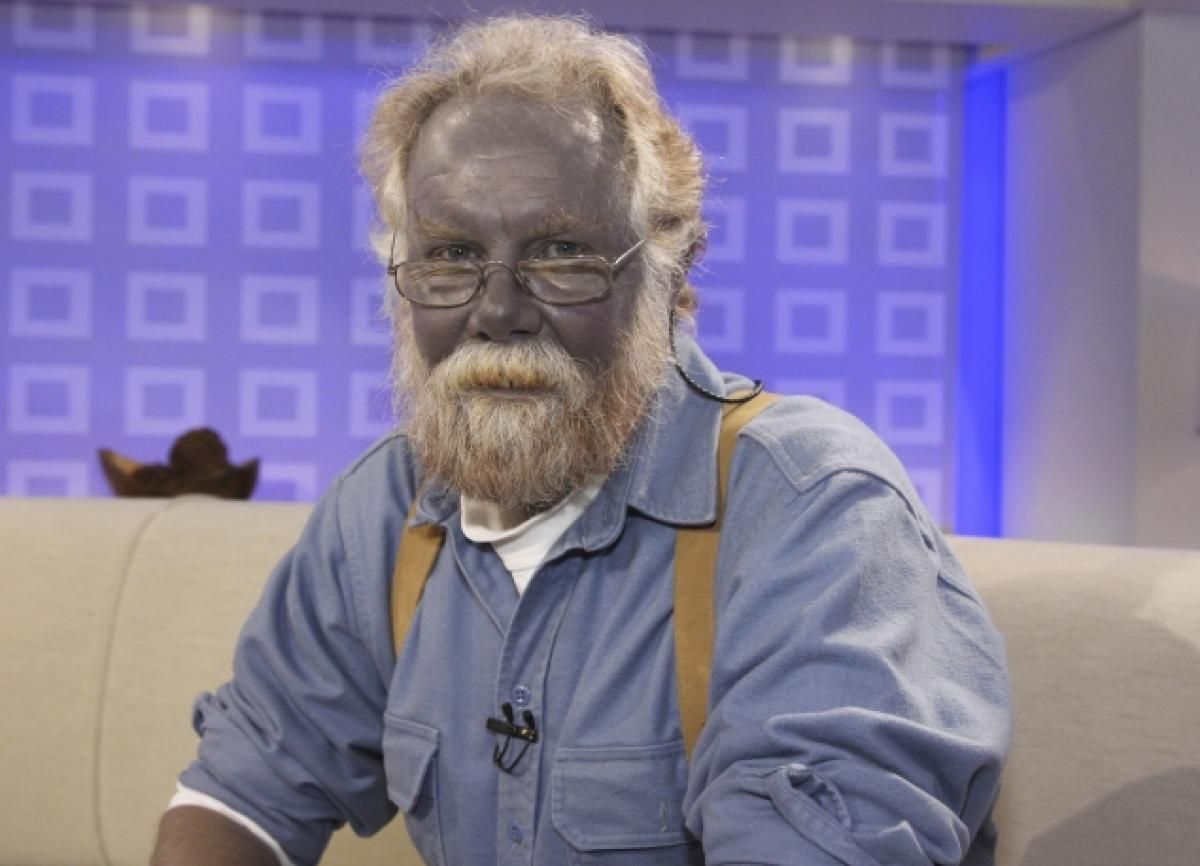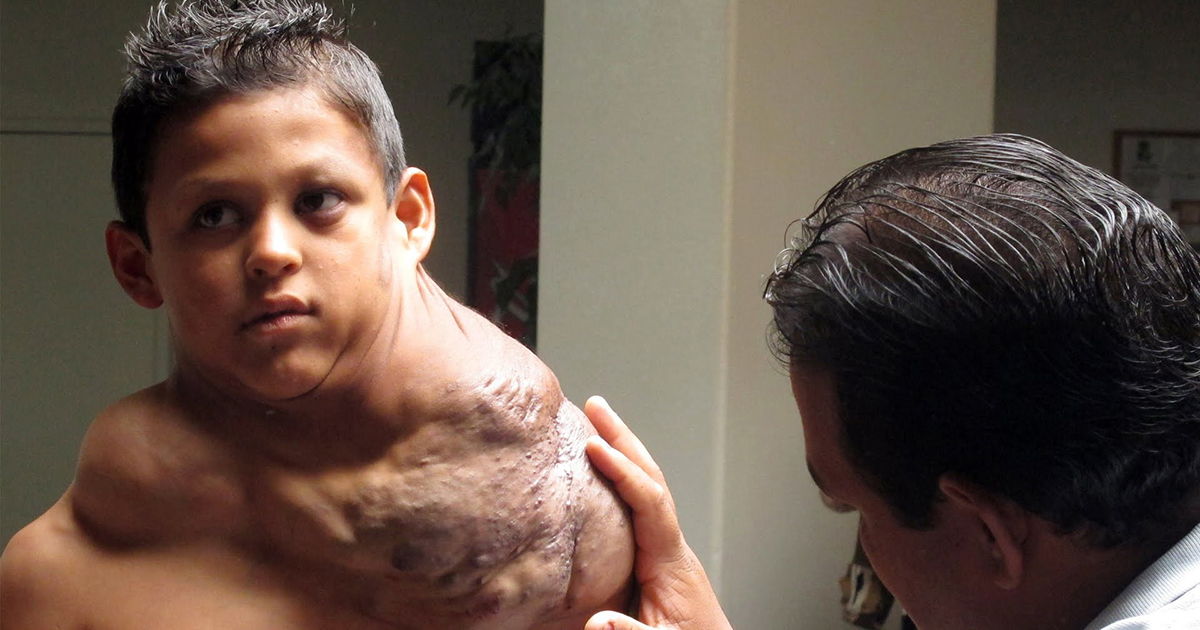Strange Medical Conditions You Won’t Believe Are Real
Methemoglobinemia

Methemoglobinemia occurs when red blood cells carry an abnormally high level of methemoglobin, which results in the formation of ferric acid instead of the usual ferrous form. This causes a lack of oxygen to tissues and results in changing the color of skin, either through paling or changing it to a gray or blue hue.
An average level of methemoglobin is between zero and three percent. As the levels increase, the symptoms worsen. At three to fifteen percent, symptoms of the disorder include discoloration of the skin and blood. Cyanosis, a deeper blue coloration of the skin, occurs when the levels reach fifteen to twenty percent. During twenty-five to fifty percent, patients may experience headaches, lightheadedness, weakness, confusion, chest pain, and palpitations. By fifty to seventy percent, there may be abnormal cardiac rhythms, delirium, altered mental status, seizures, and a coma. If levels of methemoglobin reach above seventy percent, it usually results in death.
Now that you know about blue man syndrome, continue reading to learn all about parasitic twins.
Parasitic Twins

Parasitic twins, also known as unequal conjoined twins or asymmetrical twins, are a subtype of conjoined twins that occurs when one of the twins ceases development. The parasitic twin remains partially formed and nonfunctional or is fully dependent on the dominant twin, known as the autositic twin. The most common type of parasitic twins gives the autositic twin extra limbs, appendages, or organs. However, there are other kinds of parasitic twins like dipygus parasitic twins that have duplication of legs, hands, feet, or sexual organs, and the epigastric parasite, which is an incomplete twin usually attached to the autositic twin’s abdomen.
One of the most common health complications among parasitic twins is heart failure due to the heart having to supply blood to both bodies.
Now that you know about the various kinds of parasitic twins, keep reading to learn about a rare and scary allergy.
